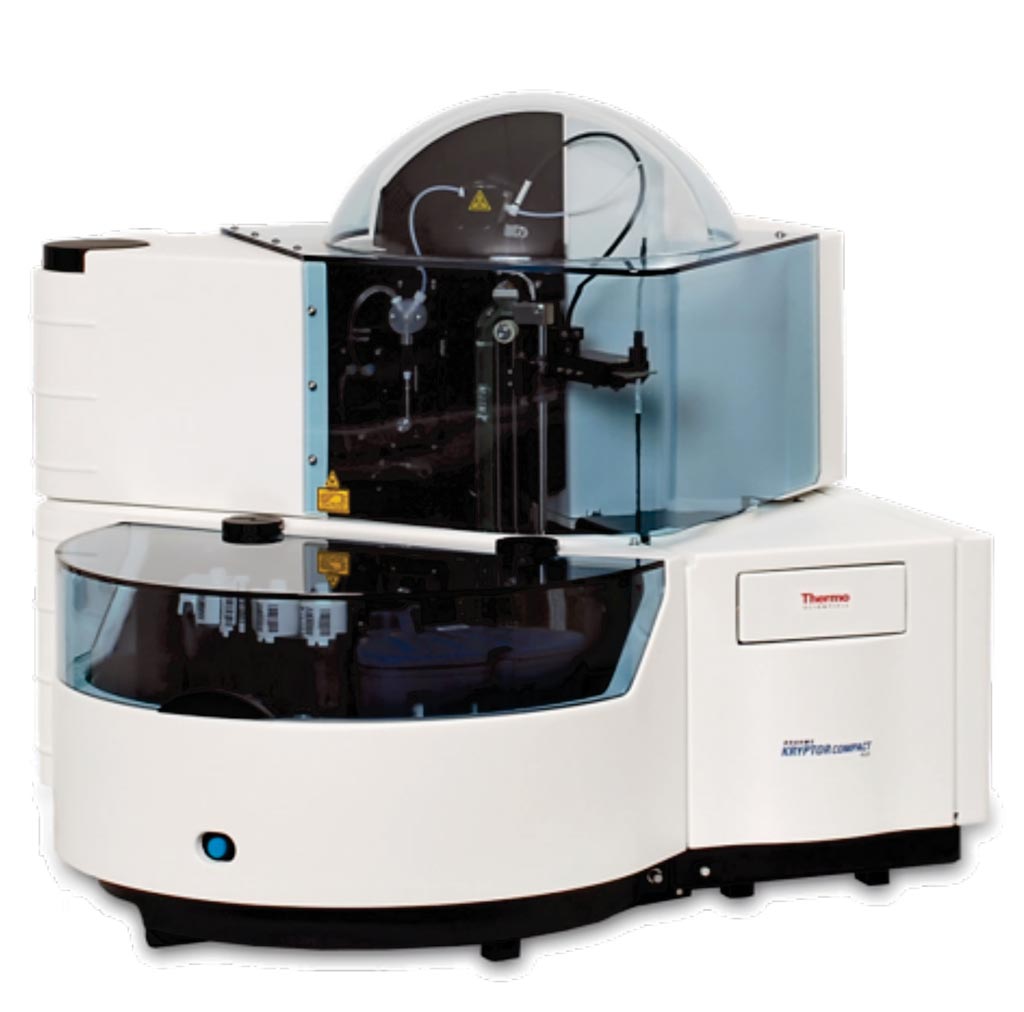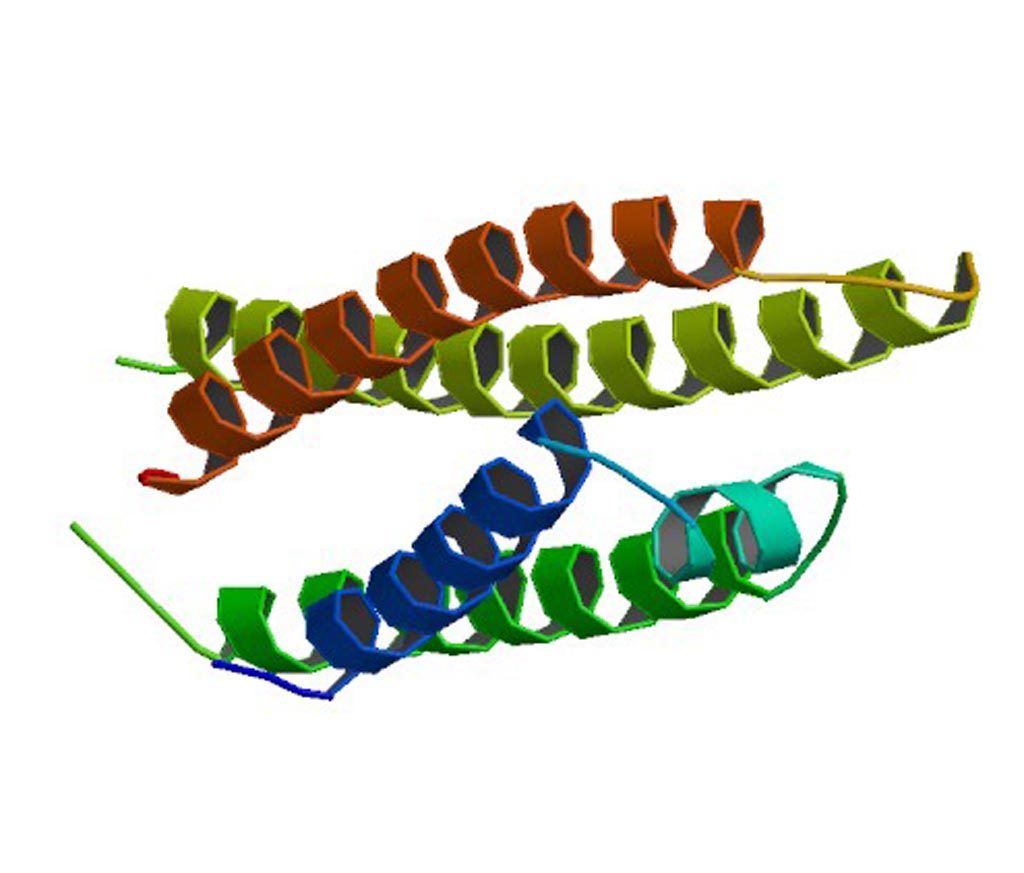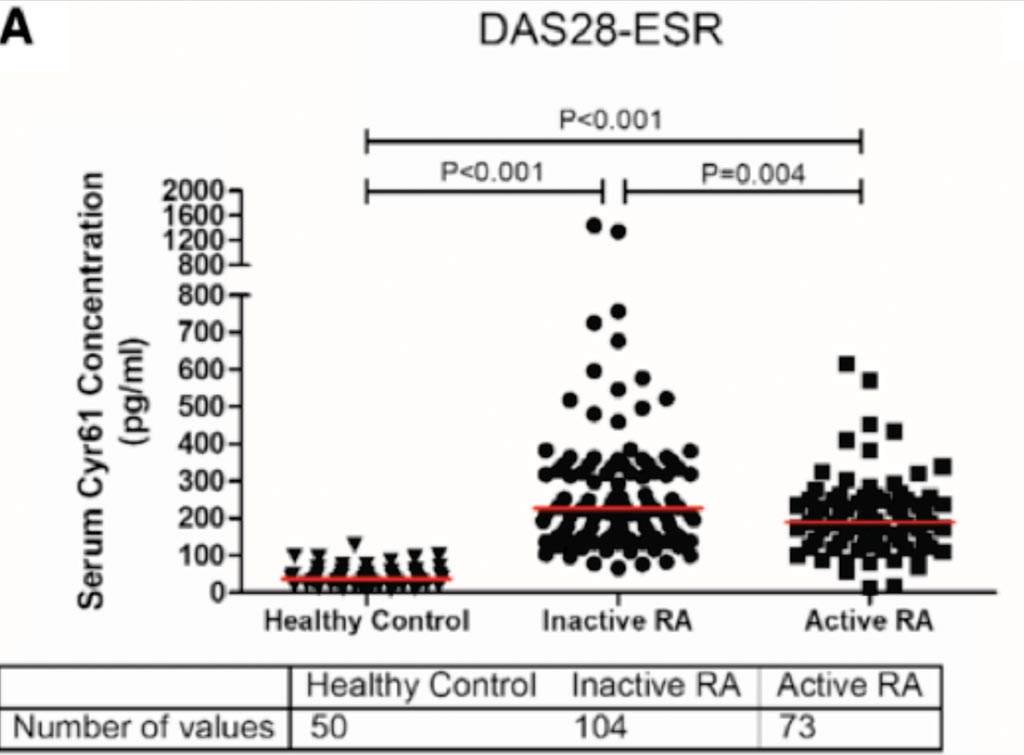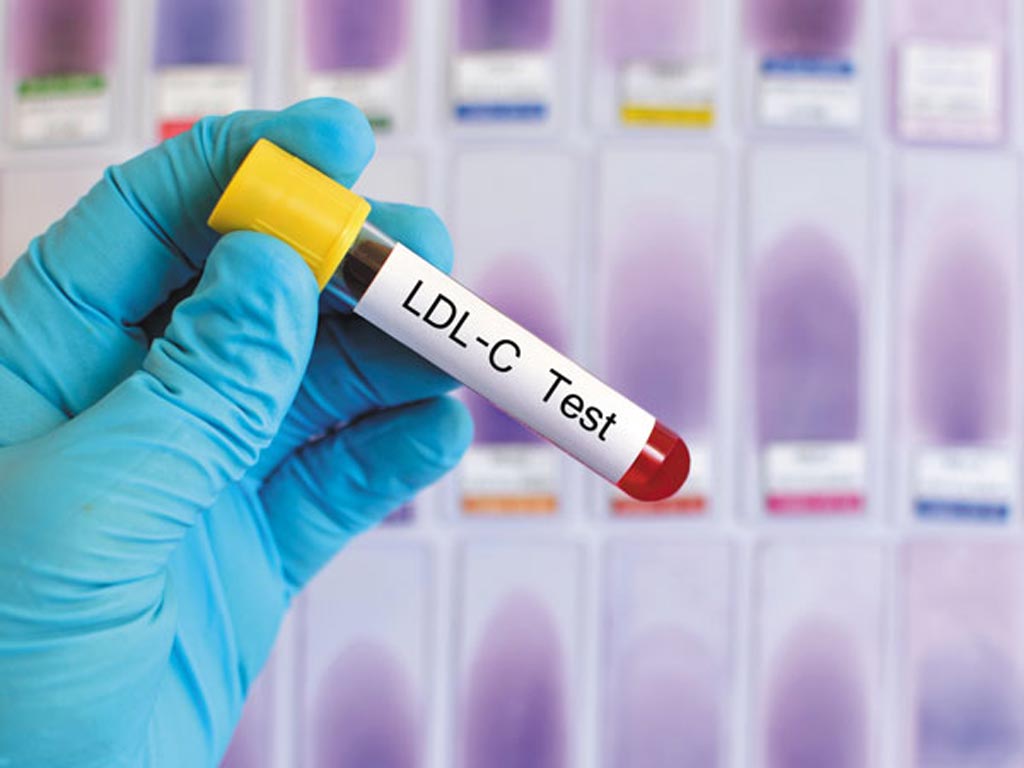Clinical Chemistry

Plasma Copeptin Reveals Presence and Severity of Liver Disease
Vasopressin (VP) is a hormone secreted by the pituitary gland in response to increased plasma osmolality, low plasma volume, and low blood pressure. Copeptin is a cleavage product of the C-terminal part of the VP precursor which correlates well with plasma VP concentrations and which is easier to measure reliably. More...11 Jun 2019


3D-Printed Device Detects Biomarkers of Preterm Birth
Preterm birth (PTB), defined as birth before the 37th week of gestation, is the leading complication of pregnancy and it affects about 1 in 10 pregnancies worldwide. Preterm infants can suffer complications such as neurological, respiratory and cardiac problems and, in some cases, even death. More...06 Jun 2019


Reagent Strips Test Analyzed for CSF in Neurological Disorders
Cerebrospinal fluid (CSF) examination is often performed in emergency to obtain diagnostic information of various life threatening conditions such as meningitis, subarachnoid hemorrhage, demyelinating diseases or carcinomas. More...05 Jun 2019

Cysteine-Rich 61 Biomarker Reflects RA Disease Activity
Rheumatoid arthritis (RA) is a chronic inflammatory autoimmune disease that causes progressive articular damage, functional loss, and comorbidity. Until now, the exact pathological processes involved in RA remain incompletely understood. More...05 Jun 2019

In Other News
Bioimpedance Spectroscopy Preferred for Post-Breast Surgery Lymphedema Risk
Novel Stress Biomarker Measurement Method Uses UV Range
Neutrophil-Lymphocyte Ratio Proves Possible Biomarker for ED
Glycated Hemoglobin Levels Associated with Fibromyalgia
Enzyme May Indicate Predisposition to Cardiovascular Disease
Low Blood Glucose Level in Diabetics Tied to Hospital Readmission
Diagnostic Process Detects Alzheimer’s Years before Symptoms Appear
Lower HbA1c Levels Seen in Diabetic Liver Disease Patients
Biomarkers Predict Total Joint Replacements in Osteoarthritis Patients
Primary Fatty Amides Produce Blood Test for Alzheimer Disease
Blood Test May Predict Cardiovascular Disease
Randox Unveils an Assay for the Rapid Measurement of Small Dense LDL Cholesterol (sdLDL-C)
Blood Protein Signature Reported for Diabetic Kidney Disease
Glucose Test in Pregnancy Can Detect CV Risk
High HbA1c Levels Linked to Pregnancy Risks
Low Serum Creatinine Associated with Diabetes Risk
Parallel Assays Developed for CSF Alzheimer's Disease Proteins
C-Peptide Responsiveness May Explain HbA1c Variation
B-Type Natriuretic Peptide Sandwich Immunoassay Evaluated
HDL‐C Levels Associated with Harmful CKD Progression
Capillary and Venous Lactate Compared in ED Patients
HbA1c Point-of-Care Test Reliably Diagnoses Diabetes
Storage Conditions Affect Urinary Albumin and Creatinine
The Clinical Chemistry channel updates the reader on tests, techniques, and research in the field - from routine assays to specialized tests on blood, urine, enzymes, lipids, hormones and more.











